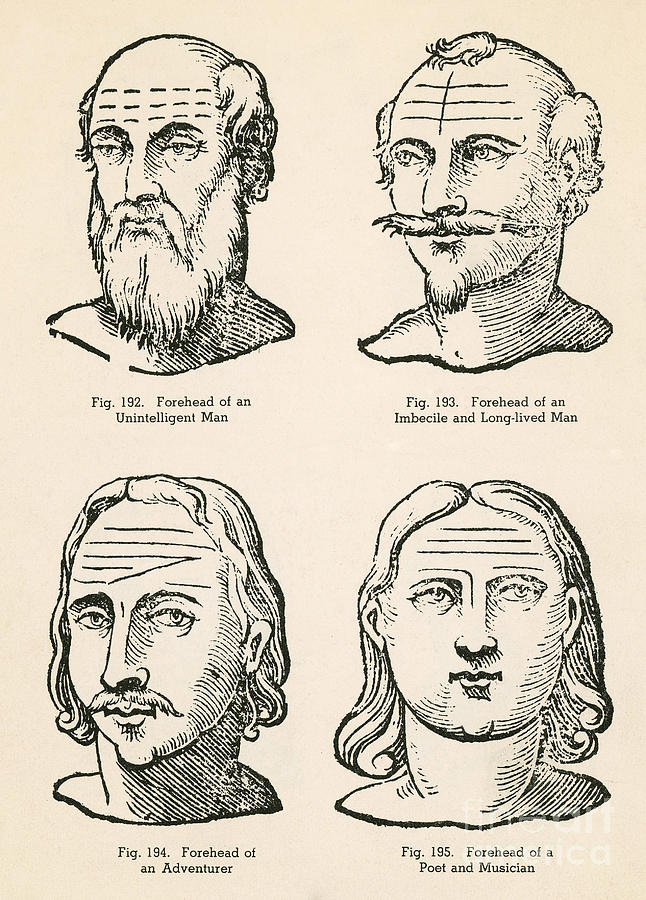Logan Avena // Online Journal Entry 3
Online Journal Entry 2: Chapter 11
This chapter focuses on the personality psychologists and the study of personality. The study of personality has roots in astrology and physiognomy, or face reading.



In modern psychology, psychoanalysts made the first substantial discoveries in the field of psychology. Freud, Adler, and Jung all had theories on the unconscious and social impacts on personality. One of the first personality tests was created by experimental psychologist Robert S. Woodworth in order to identify disturbed soldiers in the military. For a while, the field was focused on trait theory, which says that everyone has different traits that make up their personality. This is shown in Allport’s studies that concluded people will consistently use certain traits on different questionnaires. We found that you can assess personality through personal documents and histories, interviews, ratings given by observers, and questionnaires. In order to answer how we develop traits, behaviorists claimed that they were learned, which can be supported by evidence that females and males aren’t born with innately different traits, like emotionality or risk-taking, and instead learn these traits in society. On the flip side, body-personality theory says that traits are innate. Their evidence comes from study the personality of infants who wouldn’t have had the chance to learn traits yet. Either way, personality is a fun branch of psychology that is interesting to learn about.

An idea I want to focus on in this chapter is the division of traits using the MMPI test. The Elements of Thought I’m using for this idea are information, assumptions, and implications. For information, the MMPI test is a questionnaire that gather data from 550 statements that respondents answer yes or no to. Sample questions are shown above. The questions measured hypochondriasis, depression, hysteria, psychopathic deviancy, masculinity-femininity, paranoia, psychasthenia, schizophrenia, hypomania, and social introversion. This test is special because it was based on empirical evidence. For assumptions, the people giving the test need to assume that people are answering honestly. This is difficult because some of the questions may come off embarrassing to some people. For implications, this test being accurate would mean that there is a way to categorize and predict personality, which would help make personality a scientifically backed field of psychology.
Hi Logan,
ReplyDeleteI found this chapter to be a recap of what I learned from my personality of psychology class (which, to my disappointment, was bad with the instructor I got) but the section where you mentioned about gender studies and appearance was something that I didn't learned from that class. I thought this was interesting because like social norms or stereotypes we are expected to follow and believe in, the same thing can be said for our personalities depending on the sex you are. Let's think of this in dating personality terms. More people associate a well-fit figure as happy and lively compare to one with more weight on them as miserable and lazy when picking a type to be in a relationship with. With that, girls who are prettier and feminine, despite having a nasty personality, are more favored over girls that may have a nice personality, but have zero visuals. I think that we understand our personalities and others through social labels and our perception to make it more easier on us in identifying various traits rather than taking a test that is either too long or complicated.